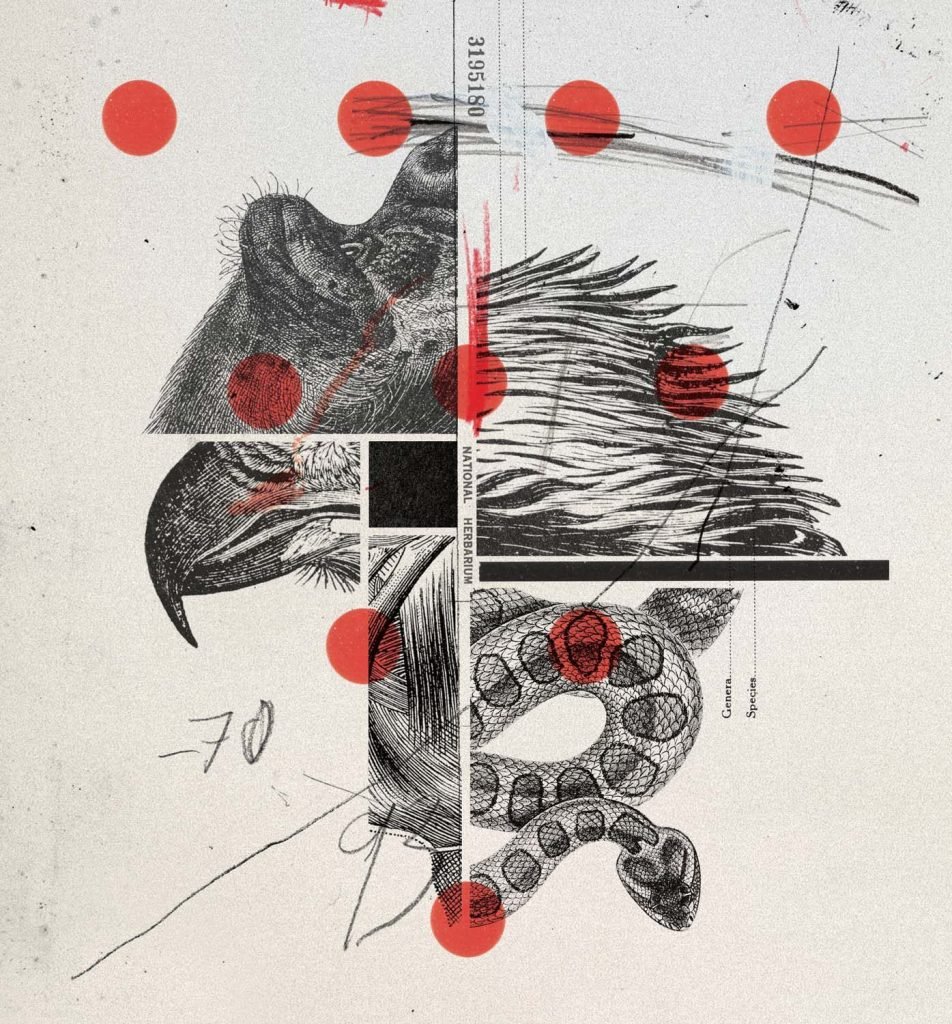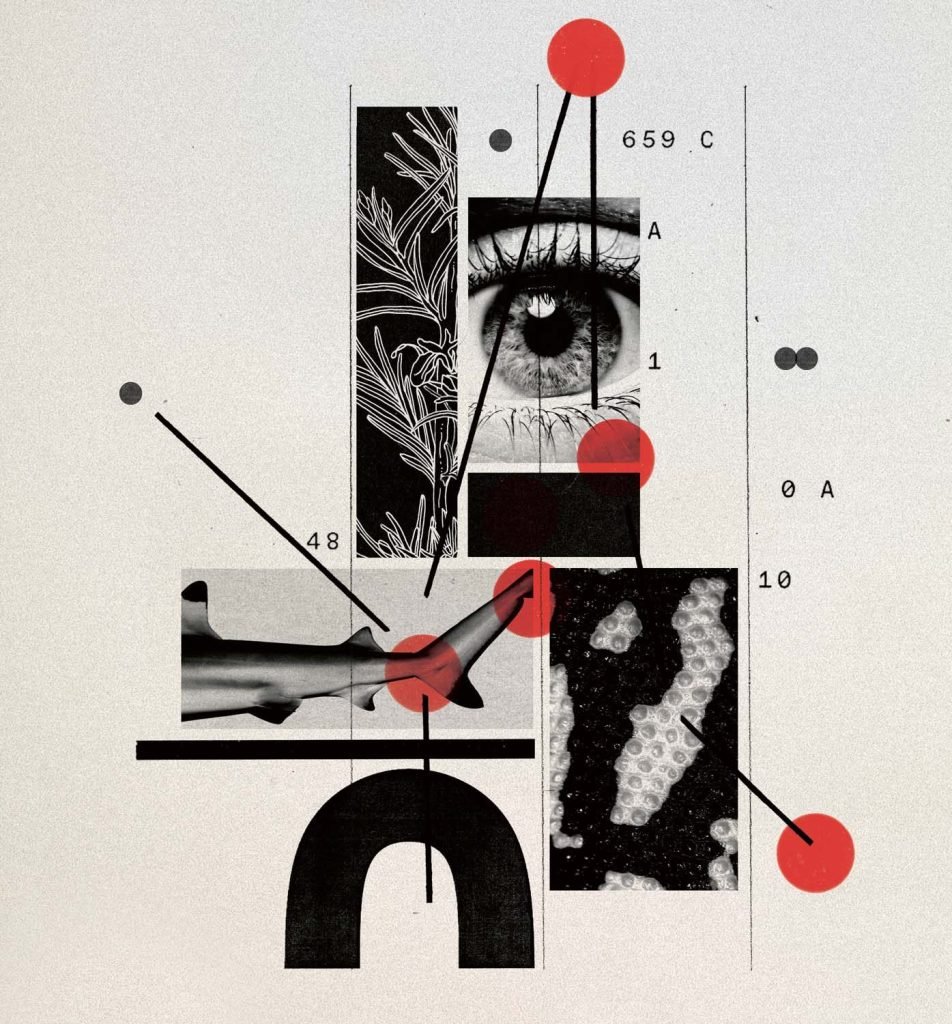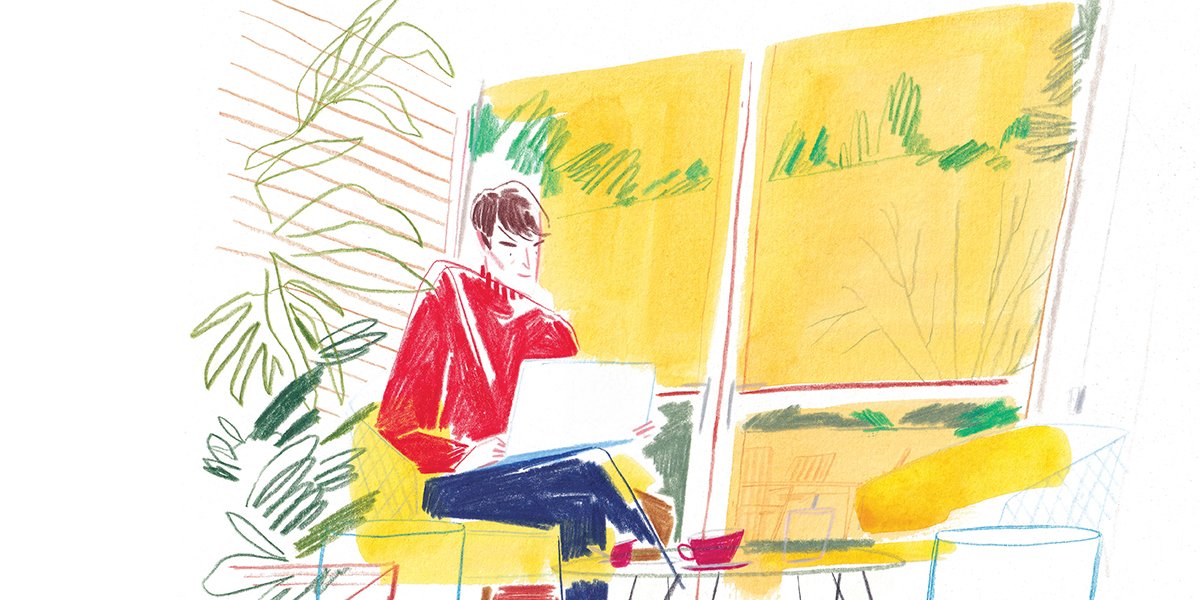Evolution. But not as we know it.
Forget the Tree of Life, meet the Network of Life: a new model that is about to change everything you think you know about the principles of evolution.
It is 18 November 1859, and Anglican rector and novelist Charles Kingsley has just finished reading an advance copy of a new book by his friend Charles Darwin, On the Origin of Species. His mind is blown (to use a highly scientific term). He sits down and scribbles a note to his friend. “All I have seen of it [the book] awes me… If you be right I must give up much of what I had believed and written.” Six days later, the book was published. It changed the way humans thought about themselves – both suddenly, as with Kingsley, and gradually.
And now – once again – Cambridge scientists are at the heart of another seismic shift in how we think about not just ourselves, but everything around us. In On the Origin of Species, Darwin gave us the idea of the Tree of Life – a great, bifurcating, endlessly splitting way to map the species evolution on Earth, which has been a central principle in modern biology ever since. But biologists are now challenging this thinking. What if evolutionary relationships don’t resemble a tree, but instead a network? What if evolutionary processes – from genetic inheritance through to language and cultural evolution – are better represented as interconnected networks rather than a branching tree?
What if evolutionary processes are better represented as interconnected networks rather than a branching tree?
“A network perspective on evolution has the potential to make a paradigm shift,” says Ian Henderson, Professor of Genetics and Epigenetics. “The idea and model of a tree is incredibly powerful. But we now know, as genome information is accumulating, that bifurcating trees are not a good model for evolution in all cases. We know that genomes can diverge and come back together, and that relationships become yet more complex when we consider the repetitive ‘junk’ DNA that makes up most of the human genome. It’s less like a tree, more like a complex and ongoing web of exchanges during evolution.”
Furthermore, thinking about evolutionary networks extends beyond genomes – within the University, there is a consortium of researchers interested in network approaches to evolution, which includes experts from a range of diverse fields spanning biology, genomics, linguistics and archaeology.
“It is exciting that there can be a methodological bridge between the humanities and the sciences. There’s a common challenge to some of these evolutionary questions. Even though the study systems may be radically different, there is common ground in asking basic evolutionary questions and developing new methods.” Linguistic and genomic evolution, for example, are very methodologically aligned. “You can think of the genome as language – strings of characters. So you could think of a gene as a word, or bits of genes as words.”

It feels rather fitting that one of Henderson’s projects does involve a tree – the thousand-year-old Major Oak in Sherwood Forest. His team is sequencing its genome to investigate how it has evolved along the branches. “As the tree is acquiring genetic change during growth, those changes can also potentially be transmitted to the next generation via the acorns that form on each branch.”
Just as the observations Darwin made on the voyage of the Beagle underpinned his ideas on natural selection, science is now taking its own similar voyage around the genome, says Professor Rebecca Kilner, Head of the Department of Zoology and Director at the University Museum of Zoology. “We’re getting to the point where the next Darwin will synthesise what we know and make interesting inferences, in the way that Darwin was able to draw together the mass of information that suddenly exploded with Europe’s colonial conquest of the rest of the world. Patterns became obvious, and explanations were called for to account for those patterns. Maybe this network approach will be the kind of insight that can take us to the next level in the way that Darwin’s ideas did.”
Maybe this network approach will be the kind of insight that can take us to the next level in the way that Darwin’s ideas did
Henderson is looking forward to using new sequencing technologies to investigate patterns of genome evolution in plants. These approaches are giving insights into parts of genomes that we have never had access to before, and reveal that the genome is very fluid, even within individual species. “It will be interesting to explore network models of evolution of genomes,” he says.
According to Dr Aylwyn Scally, researcher in human evolutionary genetics, we are now able to collect and see the genetic differences between humans on a scale that was never previously possible: “Until relatively recently, there wasn’t any data; we were conjecturing based on tiny scraps of comparisons between proteins. Now, we have whole genome sequences for millions of people. Just over the last decade, we’ve worked out how to get DNA from fossils and from bones that are tens of thousands of years old. It’s astonishing. It’s like inventing a new telescope – a completely new way of looking at the universe. Now we can try and build these models and try to decipher this complex structure.”
It’s like inventing a new telescope – a completely new way of looking at the universe.
But it’s not just about tech: it turns out that there’s also a social network of life. Just like humans, animals have a social network, and some animals are more social than others. This behaviour can influence how they evolve: Kilner is an expert in the behaviour of the burying beetle, which takes just six or seven weeks to go from egg to sexually mature adult. “We have populations living in the woods around Cambridge, so they’re very close at hand. And we can breed them really easily in the lab at scale, which means that we can observe in front of our eyes how the social behaviour carried out by these beetles is changing the way in which they evolve. We try and recreate the patterns of variation that we see in the woods around Cambridge.”
Or take, for example, the humble invertebrate. Traditional evolutionary thinking runs thus: worms in the sea acquired backbones, which enabled them to crawl out of the sea and on to land. But incorporate social behavioural thinking and social organisation into our understanding of that process, and a more complex picture emerges.

“So, a more modern take on the major evolutionary transitions is to think about degrees of social organisation – where you move from having a string of genetic material to lots of bits of genetic material gathered together in a chromosome, to two different chromosomes gathered together in a cell, to cells occupying a single body together,” says Kilner.
“Looking through the lens of social evolution has enabled a revolution in the way that we think about the major steps in evolution. The new view is driven by incorporating social interactions into our understanding, rather than focusing on things like whether animals have got a backbone.”
Where might this thinking take us? Darwin famously never actually said that humans were descended from apes – but the idea that we might be sent shockwaves through human thought. We used to think of brutish Neanderthals, for example, as very different to us refined Homo sapiens. But while Neanderthals became a separate group from humans around half a million years ago, says Scally, we now know that they interbred with us up to around 50,000 years ago.
“This possibility and propensity to exchange genetic material does happen. And these are relevant to our own history. Watch Who Do You Think You Are and you can see that humans have a very linear sense of their own ancestry, going back along a line. But in reality, it’s a big structure that connects all of us to each other: we all share ancestors.” (In which case, a more accurate family history programme might be You Are Not Who You Think You Are.)
Many divisions and distinctions are founded on a sense of a very long and ancient difference and separation from others – and the idea of a network of life undermines that, Scally points out. “In places like Europe, people still have this notion of belonging to a historically well-defined group, which goes back thousands of years. And that’s completely at odds with the reality of ancestry and the relatedness of groups. It’s become clear, over the last two decades, that differences are a lot less than we thought, separation is a lot less than we thought and that the notion of a species is a much less clear concept.” Perhaps it’s time for us to channel Darwin’s friend Kingsley and learn to think about ourselves and our world in a whole new way.
If you would like to learn more, please contact Holly Singlehurst at holly.singlehurst@admin.cam.ac.uk
 CAM
CAM

